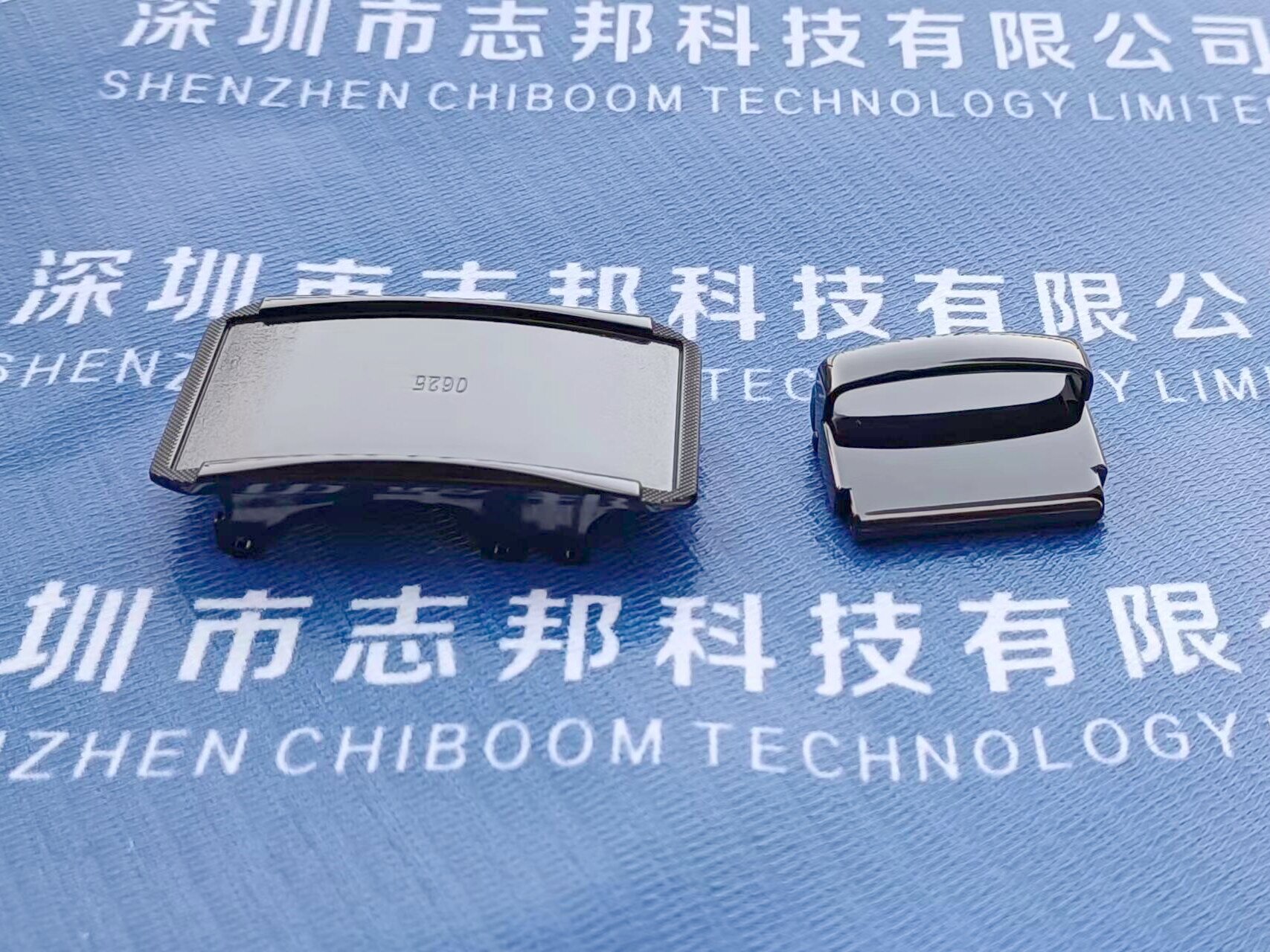What elements does electrophoretic paint contain?
What elements does electrophoretic paint contain?
Electrophoretic Paint: A Collaborative Work of Elements
Electrophoretic paint, as an efficient and environmentally friendly coating technology, is widely used in the metal surface protection and decoration of industries such as automobiles, home appliances, and hardware. Its preparation and application involve various elements that work together to provide a solid foundation for the excellent performance of electrophoretic paint.
Firstly, the main component of electrophoretic paint is resin. Resin serves as the basic framework of electrophoretic paint, determining the basic properties and structure of the paint film. Resin is rich in elements such as carbon, hydrogen, and oxygen. These elements form high-molecular chains through specific chemical reactions, giving electrophoretic paint good film-forming properties and adhesion.
Secondly, electrophoretic paint also contains pigments and fillers. Pigments provide electrophoretic paint with rich colors, while fillers are used to improve the mechanical properties and weather resistance of the paint film. In addition to carbon, hydrogen, and oxygen, these pigments and fillers may also contain metal elements such as titanium, iron, and aluminum. These metal elements combine with the resin through specific chemical reactions to form stable pigment and filler particles, providing electrophoretic paint with good covering power and durability.

Furthermore, additives such as neutralizers, dispersants, and leveling agents are also added during the preparation of electrophoretic paint. These additives play a role in regulating the pH value, promoting the dispersion of pigments and fillers, and improving the surface quality of the paint film. Although the content of elements in these additives is relatively small, they still have an important impact on the performance of electrophoretic paint.
In the application process of electrophoretic paint, the interaction between the metal substrate and the electrophoretic paint is also crucial. The elements in the metal substrate, such as iron, aluminum, and zinc, chemically bond with the elements in the electrophoretic paint, such as resin, pigments, and fillers, to form a solid coating. This coating not only has excellent corrosion resistance but also effectively resists the erosion of the external environment.
In conclusion, the generation of electrophoretic paint involves the collaborative action of various elements. These elements play their respective roles in resins, pigments, fillers, and additives, together constituting the basic structure and performance of electrophoretic paint. Through scientific formulas and process control, we can produce electrophoretic paint with excellent performance, providing durable and beautiful protection for metal surfaces. At the same time, with the continuous development of science and technology, the elemental composition and application performance of electrophoretic paint are expected to achieve more diversified and efficient development in the future.





 WeChat
WeChat